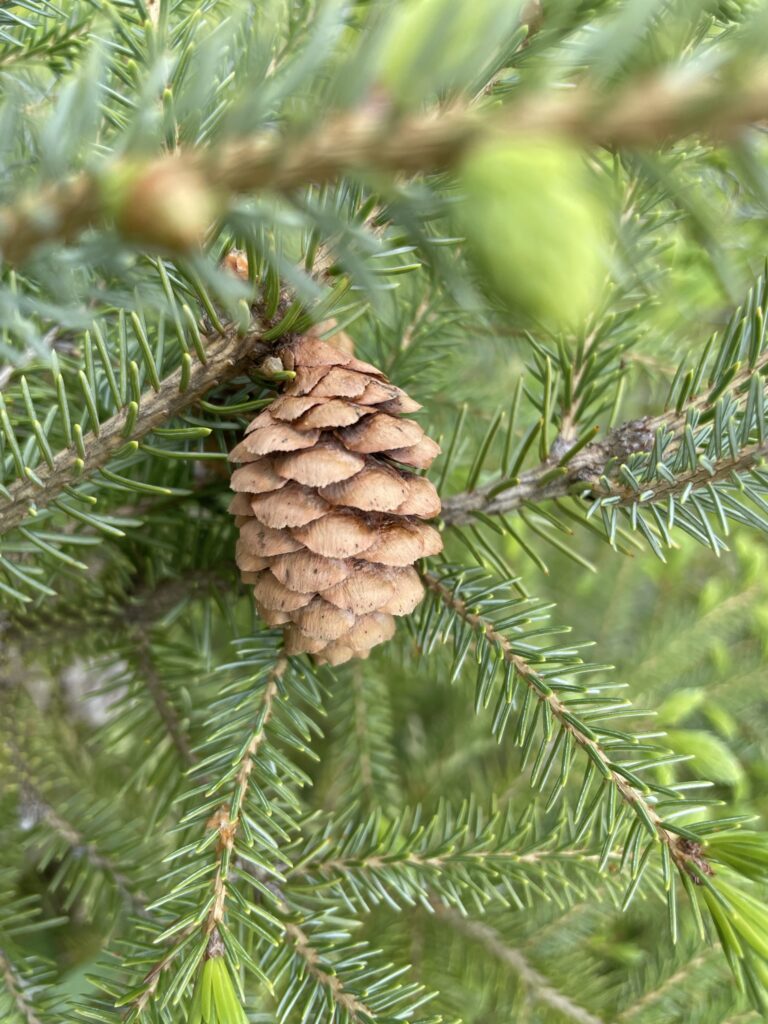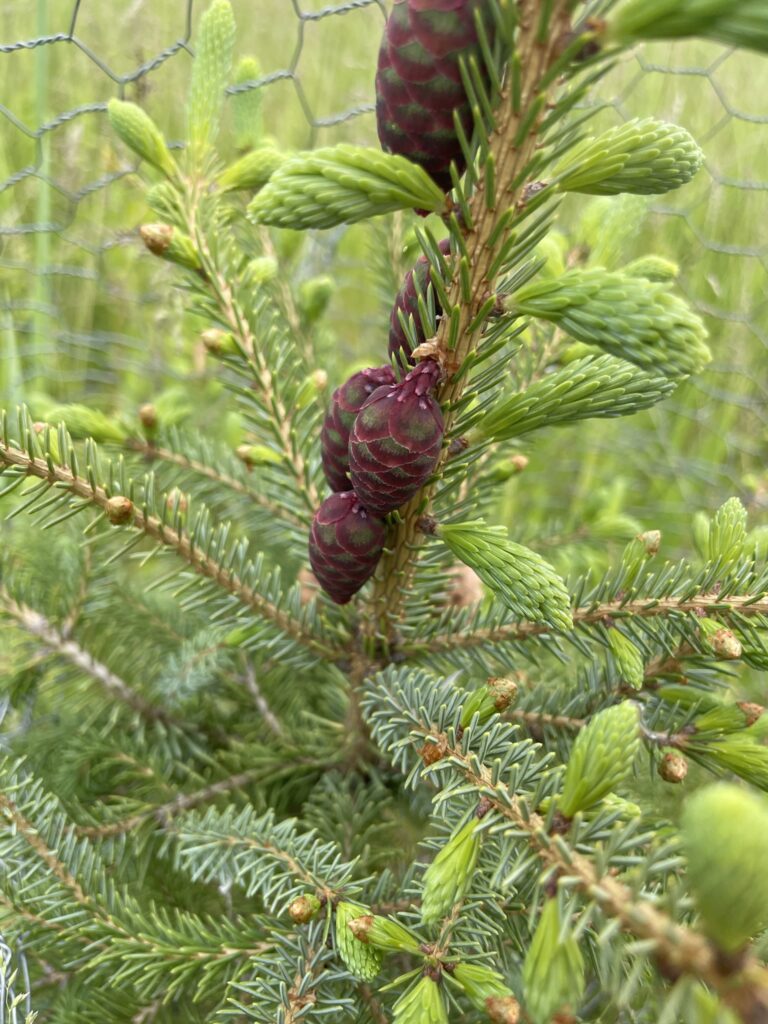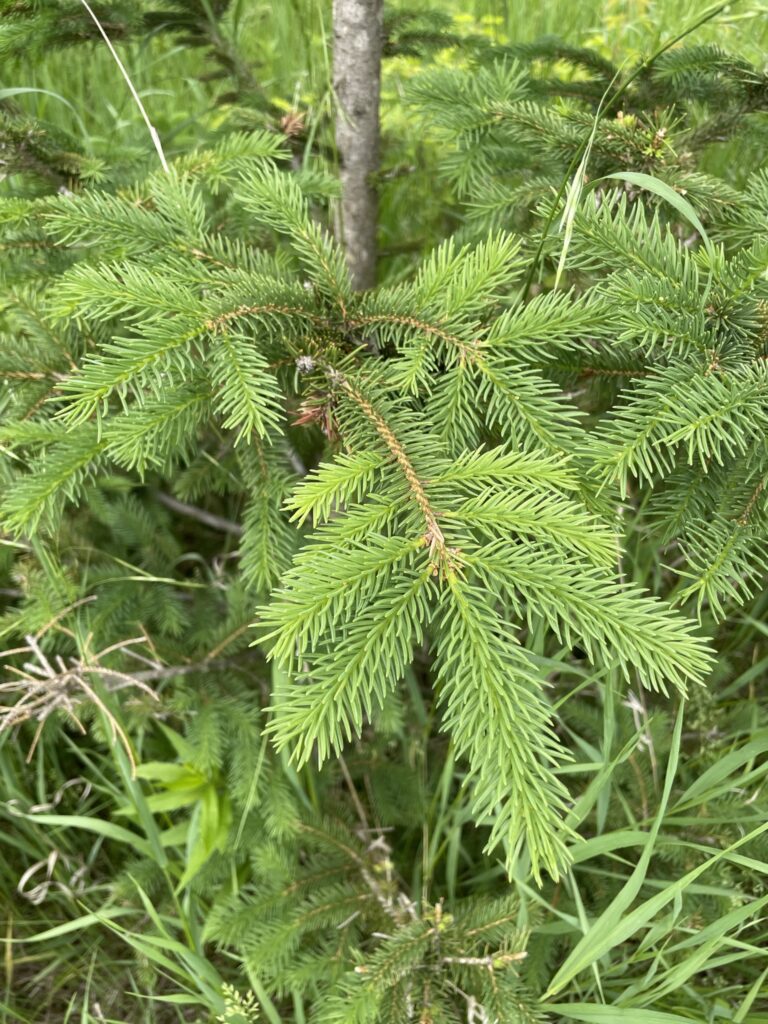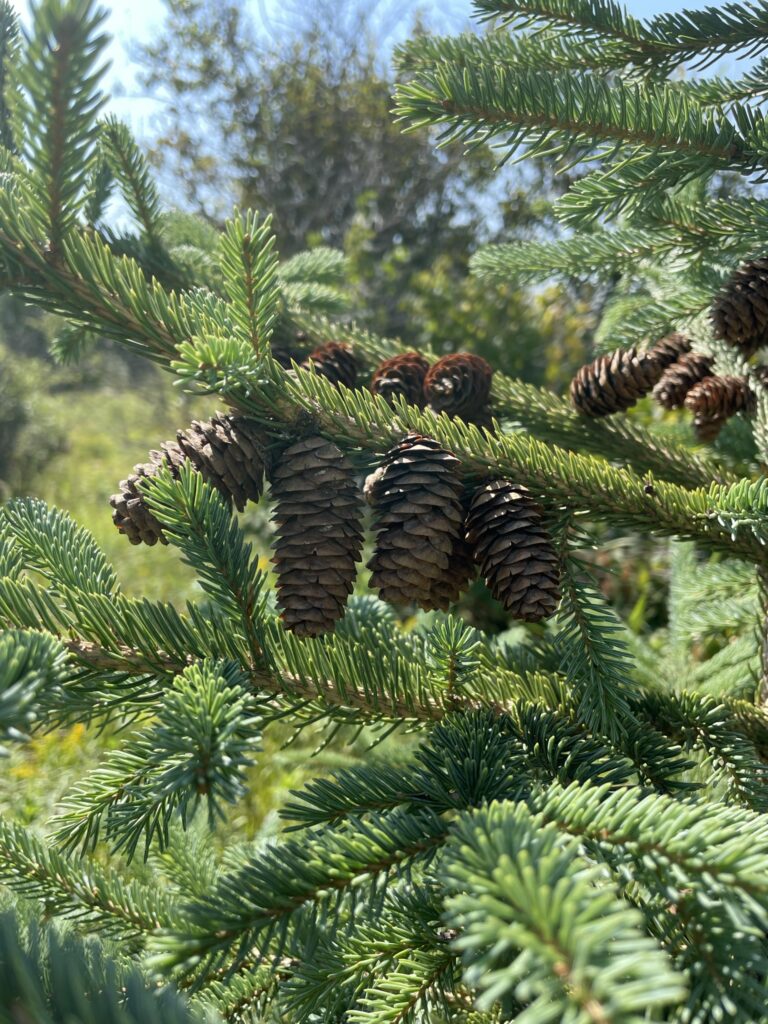Native To State: NO
Naturally Occurring: NO
Description
Spruce native to Mongolia
Occurrence
Examples planted in Spruce collection.
Native To State: NO
Naturally Occurring: NO
Description
Spruce native to Mongolia
Occurrence
Examples planted in Spruce collection.
Native To State: NO
Naturally Occurring: NO
Description
Spruce native to Japan and Asia
Occurrence
Examples planted in Spruce collection.
Native To State: NO
Naturally Occurring: NO
Description
Spruce native to Korea
Occurrence
Examples planted in Spruce collection.
Native To State: NO
Naturally Occurring: NO
Description
Spruce native to Japan and Asia
Occurrence
Examples planted in Spruce collection.
Native To State: NO
Naturally Occurring: NO
Description
Hybrid of White and Sitka spruce
Occurrence
Examples planted in Spruce collection.
Native To State: NO
Naturally Occurring: NO
Description
Chinese Blue Spruce
Occurrence
Examples planted in Spruce collection.
Native To State: NO
Naturally Occurring: NO
Description
Short needs, reddish color
Occurrence
Examples planted in Spruce collection.


Native To State: NO
Naturally Occurring: NO
Description
Short needs, compact upright form
Occurrence
Examples planted in Spruce collection.

Native To State: NO
Naturally Occurring: NO
Description
Fast growing spruce with pendulous branchlets.
Occurrence
Multiple planted in various locations in 2018.

Native To State: NO
Naturally Occurring: NO
Description
Appearance: Picea glauca var. densata is a variety of white spruce known for its conical shape, evergreen needles, and distinctive cones.
Leaves: The needles are evergreen, short, and stiff, with a bluish-green color.
Cones: The cones are small, cylindrical, and reddish-brown.
Bark: The bark is thin, grayish-brown, and scaly.
Habitat: It is commonly found in coniferous forests and is adapted to various soil types.
Distribution: Black Hills spruce is native to western North America, particularly the Black Hills region.
Occurance
Planted in Northwest corner – collected directly from the black hills